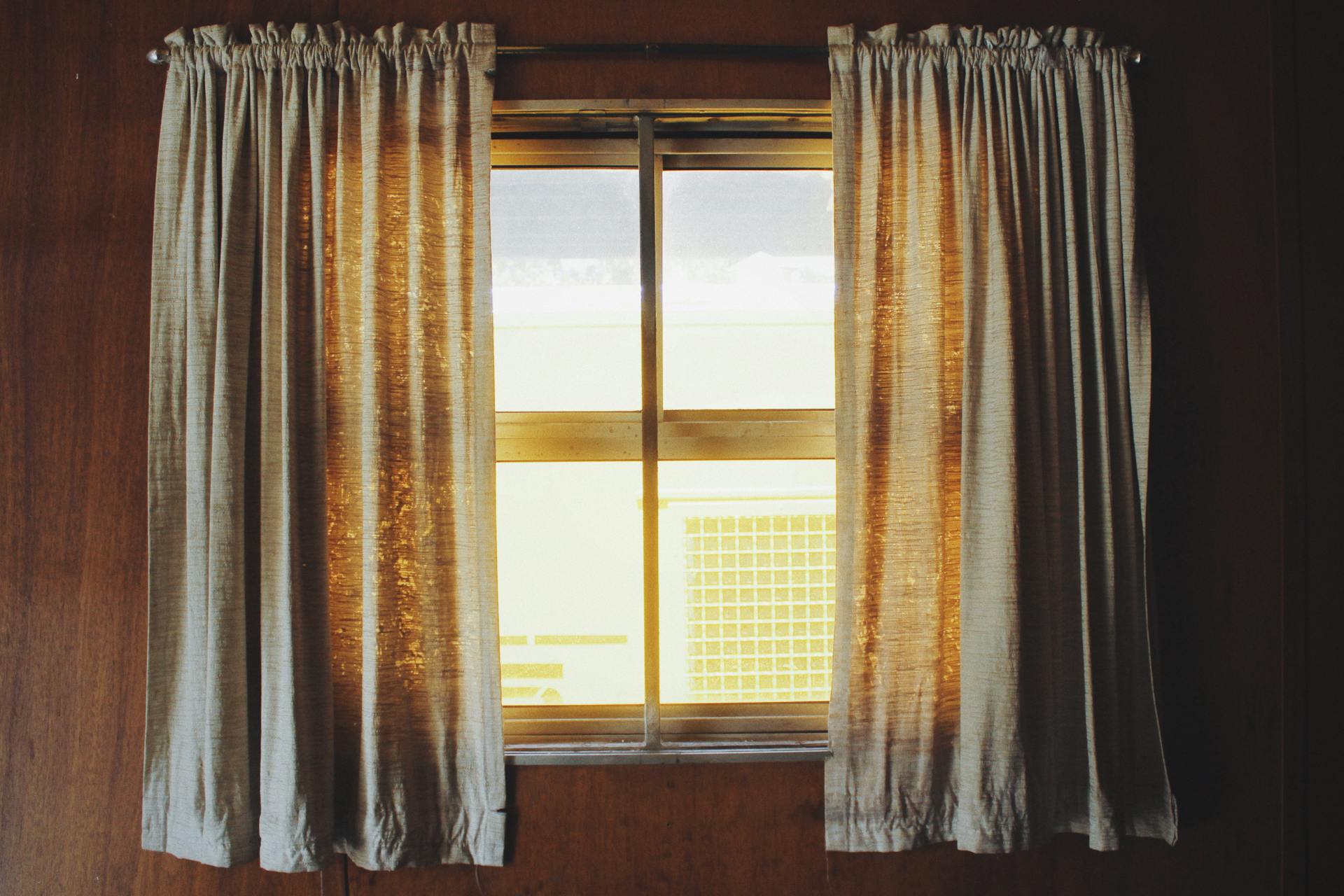“If people could see COVID in the air, it would make a lot more sense that what you need to do is clean the air in your house,” Abraar Karan, an infectious disease physician at Stanford University, told NPR in 2022. The basic idea: “Exchange the air out, get fresh air in, improve ventilation so that you don’t have a lot of air hanging around where other people can breathe it in and get infected,” Karan said.
Some ways to filter in the air inside your home:
Use an air purifier
If you have a filtration device in your home — perhaps an air purifier you purchased in the past to combat wildfire smoke — then that is probably the best way to improve air quality, said Catherine Gorle, associate professor of civil and environmental engineering at Stanford.
Gorle said this comes with two caveats, though. First, “you need to make sure that you replace the filter frequently enough that the system can work optimally,” she said. The recommended time limit for filter use may depend on the specific appliance, but it’s probably time if you can’t remember when you last replaced it.
Second, make sure that “the capacity is rated for the room [size] that you have,” Gorle said. That is, don’t rely on a tiny filtering device intended for a small space to clean the air inside a really big room — because it just won’t do the job. Read more from the Environmental Protection Agency (EPA) about effectively using an indoor air purifying unit.
Use your air conditioning (if you have it)
You may hear the filtration systems built into homes called HVAC systems, an acronym for heating, ventilation and air conditioning.
In our usually temperate climate, Bay Area homes typically don’t have air conditioning, so this tip may not apply to many locals. But if your home does have AC, those systems can have “really high-grade filters as well,” Gorle said — “HEPA filters that will filter out particles, just the way that you do it with any indoor air filtering system.”
If you’re conscious of your energy use (and your bills), Gorle notes that your AC “will consume a bit more energy because at the same time they’re conditioning the air [to be] cooling it.”

No air purifier? Try making your own
If you have access to a box fan, a MERV filter and some duct tape, you can make your own DIY air filter device. Find our instructions — first published for wildfire smoke — in this KQED guide, “How to make your own air purifier.”
NPR also has another guide to making your own DIY air filter using a box fan, or you can consult this “How to DIY an Air Purifier” explainer from the New York Times Wirecutter blog.
How to open your windows to create maximum airflow
If you don’t have a filtration device or AC, it’s time to open your windows, Gorle said.
Basically, you’re going to focus on “how you can maximize that airflow” through your space, she said. But it’s not just a case of cracking a solitary window open. Gorle’s expert advice is as follows:
Try to open more than one window around a room
“The more windows you can open, the more ventilation you are going to get,” Gorle said — because it’s not enough to bring fresh air into your space. Ideally, you want to then help get that air out through another window — and “the more windows, the better.”
Opening windows on the opposite sides of a room is particularly effective for creating cross-ventilation, Gorle said. In other words, opening two windows that are side-by-side will be less useful at this.
What if you can’t — or don’t want to — open your windows all the way? In this instance, even just cracking windows a bit is still a good idea, Virginia Tech professor of civil and environmental engineering Linsey Marr told NPR. Your windows “don’t have to be wide open,” Marr said.
…but think carefully about where you seat your guests
Consider the airflow direction in and out of your space when you have two or more windows open. “Because if you’re sitting at the window where the air is coming in, you’re getting all that clean air,” Gorle said. “But you’re sitting at the window where the air is going out, you’re actually getting all the air that people have been breathing.”
Try to seat your guests as close as possible to the fresh air coming in — and don’t park them all by the window where airflow is going out. Because if COVID-19 particles are in that airflow, that “air out” area will be heavy.

Run a test to see how air is coming in — or out
How do you know which is the “air in” window and which is the “air out” one? Gorle has a few tricks up her sleeve for this. The simplest is to stand in front of the open window and hold up a small piece of string, ribbon, or anything similar in front of it, letting it hang down. This way, “you can kind of see which way the stream moves and then understand if the air is coming in or going out,” Gorle said.
You could also use a candle for this — although, of course, be careful with the lit flame (especially if you and your guests have already begun the Thanksgiving celebrations with a drink or two.)
Once you’ve established how air is coming in and out of your space through the windows, you know where best to seat your guests closest to that fresh incoming air and furthest from the outflow — especially those at higher risk for severe disease or hospitalization from COVID-19. “That’s what I’ve done with my mom, who was at risk as well,” Gorle said.
Only got one window? Still open that
Don’t panic if you only have one window to open, Gorle said — you’ll still “get some air exchanged depending on where the wind is coming from.” And some fresh air in your space is better than none.
If you get lucky, “you might have enough pressure differences between indoor and outdoor that you do actually get some ventilation with just one window open, she said — “so it is always better to open your window than to keep it closed.”
Use portable fans to help that existing airflow move
Once you’ve worked out how air is coming in and out of your open windows, you could try using portable fans — like a box fan — to help push the existing airflow along, Gorle said.
You’ll be “using the fan to help the airflow in that same direction because you don’t want to start counteracting the natural driving force,” Gorle said.

Got a skylight? Check if it opens
If you have a skylight with a manual or remote-controlled way of opening it, do it. Opening an overhead window like a skylight will create airflow really easily, Gorle said — “because of temperature differences between indoors and outdoors, the air will move vertically as well.”
So, in addition to windows on your walls, “you can actually use buoyancy effects to try and create that airflow through openings that are at different heights,” she said.
Use your bathroom fan
This tip is particularly good for smaller homes, or if you don’t have many windows, you can open them: Keep all the doors in your home open, and run any bathroom fan that’s extracting air.
“That is going to help bring air in through any windows that you can open as well,” and then push the air out, Gorle said.
This post was originally published on this site be sure to check out more of their content.







